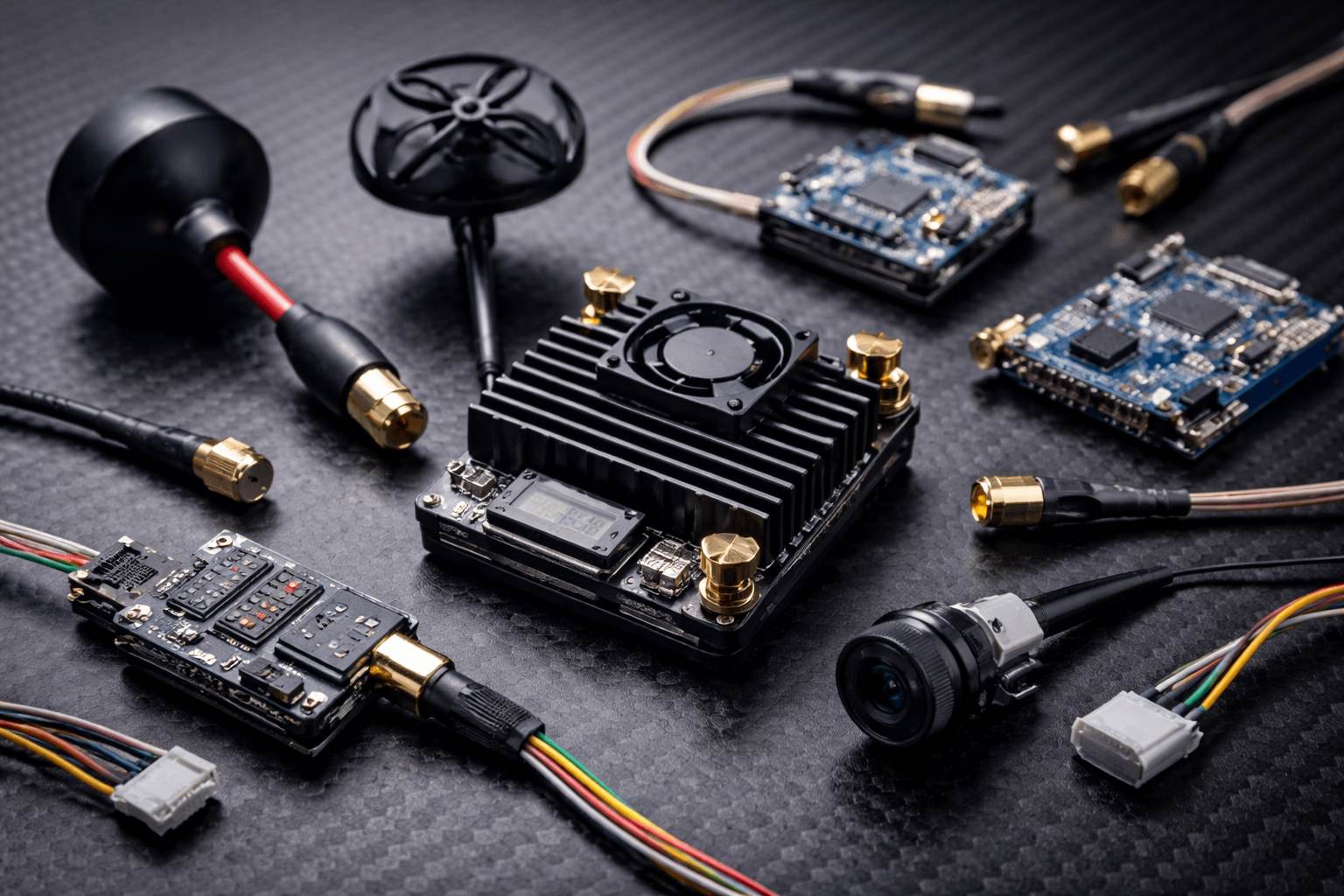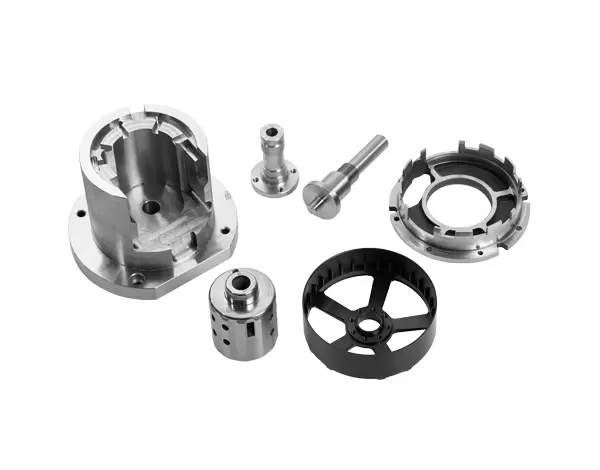
In the realm of electrical engineering, relays play a crucial role in controlling and switching electrical circuits. Traditionally, electromagnetic relays have been the go-to choice for many applications. However, with the advent of solid state relay (SSR) technology, a new era has dawned. In this blog post, we will explore the advantages of solid state relays over electromagnetic relays, shedding light on their superior performance, reliability, and versatility.
- Enhanced Reliability:
Solid state relays, unlike their electromagnetic counterparts, lack moving parts, making them highly reliable. The absence of mechanical components eliminates the risk of wear and tear, reducing the likelihood of failure. This enhanced reliability ensures uninterrupted operation, making SSRs ideal for critical applications where downtime is not an option. - Faster Switching Speed:
One of the key advantages of solid state relays is their remarkable switching speed. Electromagnetic relays rely on mechanical movement, resulting in relatively slower switching times. In contrast, SSRs utilize semiconductor devices, enabling them to switch on and off in microseconds. This swift response time is particularly advantageous in applications requiring precise control, such as robotics, industrial automation, and power electronics. - Improved Efficiency:
Solid state relays exhibit superior energy efficiency compared to electromagnetic relays. SSRs consume minimal power during operation, as they do not require a continuous coil current to maintain the relay state. This reduced power consumption translates into lower energy costs and contributes to a greener and more sustainable approach to electrical systems. - Noise-Free Operation:
Electromagnetic relays often generate audible noise due to the mechanical movement of their components. This noise can be undesirable in sensitive applications, such as audio equipment or medical devices. Solid state relays, on the other hand, operate silently, ensuring a noise-free environment and enhancing the overall user experience. - Compact Size and Design Flexibility:
Solid state relays are typically smaller and more compact than electromagnetic relays. This compact size allows for efficient space utilization, making SSRs suitable for applications with limited space availability. Additionally, SSRs offer greater design flexibility, as they can be easily integrated into complex circuitry, enabling engineers to optimize system layouts and improve overall performance.
Conclusion:
The advantages of solid state relays over electromagnetic relays are undeniable. With their enhanced reliability, faster switching speed, improved efficiency, noise-free operation, and compact size, SSRs have revolutionized relay technology. As industries continue to evolve, embracing the benefits of solid state relays will undoubtedly lead to more efficient and reliable electrical systems across various sectors.



